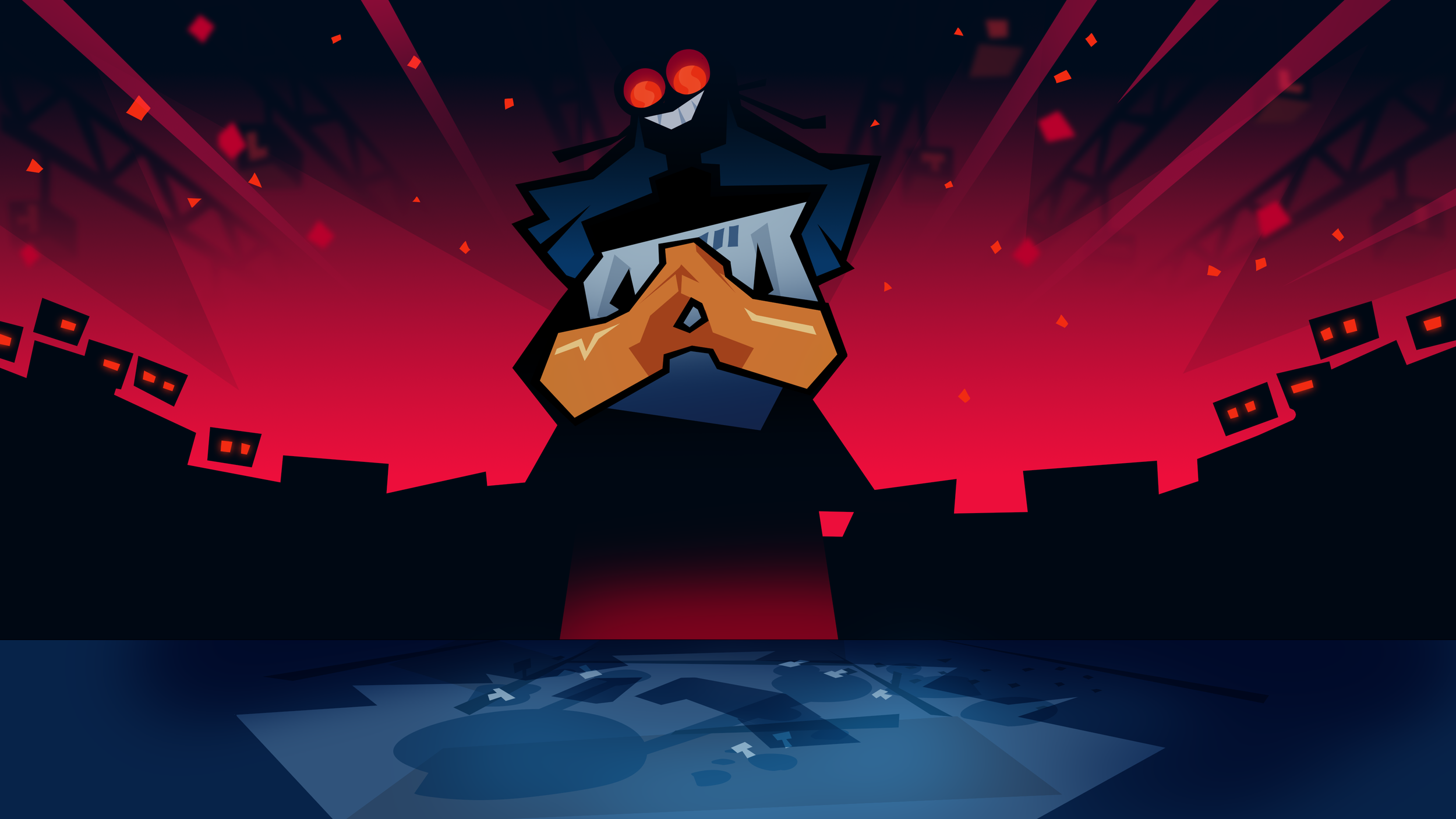
ReWired
Technical Designer and main developer during Pre-Production of this Inventory Management Rogue-Like
Studio: Sleeping Giant Games
Position: Technical Designer
Platforms: PC & Mobile
Engine: Unity
Duration: 1 Year (Sep 2023 - Sep 2024)
All Artistic IP Assets used on this page are owned by Sleeping Giant Interactive Inc. (SGI) and displayed under permission from SGI.
What I did
Game Design: Researched, designed, developed, and iterated on key gameplay features and systems.
Technical Design: Developed content creation and management tools in-engine to optimize workflows.
Programming: As main developer on the project, took many advanced systems from idea to polished and shippable features.
Prototyping: Created and iterated on prototypes ranging from the initial idea to brand new features.
Collaboration: Worked with art team to bring advanced, dynamic visual systems to life.
The Game
ReWired is an Inventory-Management Rogue-like where you take the role of a mad scientist trying to reclaim your lab from a rogue A.I.
Spend scrap to obtain exciting new components that add or modify features of your robot, then head out into the lab to cause more destruction!
Some of the key features I built for the project include:
The Inventory
Content Creation Tools
Dynamic VFX
Tutorials
Character Controller
Enemy Spawning System
A deeper dive into some of these features can be found below!
Prototyping
Being the lead developer from the start of the project meant I was responsible for early prototypes of our next game concept. These rapid prototypes were built quickly and with the goal of finding the fun as soon as possible. This led us to rapidly iterate and try new ways to achieve the design goal of scrapping together epic weapons.
Inventory
The inventory was a crucial aspect of the game as its where players would be spending a lot of time refining their build. Because of this, it was important for it to feel great to use and be satisfying to snap pieces in and out of the grid, just like playing with LEGO.
I had ownership of the inventory feature, designing and developing the user experience and low level interactions. I then programmed all aspects of the inventory, from the polished front-end to the highly modular and dynamic back-end, allowing the player to mix and match all kinds of weapons and components.
Content Creation & Management
Component Manager Window
In order to achieve the vast variability of possible builds the player could experiment with, we needed it to be as easy as possible for our designers to create content: Components and Robot Parts. All of the components are created using modular pieces of code all accessible through a custom editor window.
This window allows designers to create, delete, modify, and organize all of the content in the game.
All of the possible features of a component are accessible through editor fields making new content just a few clicks away.
When we come up with new ideas for component features, it is easy to expand the functionality because of its modular design. This allows for entirely new gameplay possibilities with just a few new lines of code.
Robot Parts
The editor UI to create Robot Parts (Head, Body Legs), which are combined to create the shape of the player’s inventory, is similar to the one used to create components.
This is the easiest place to showcase the Shape Painting Tool, an easy to use editor GUI used to lay out the shape of Robot Parts and Components. This brings more modularity and power to the designers as it opens up the door for rapid iteration and experimentation with a data type that is typically hard to manage in the editor.
Creating a new Robot Part with the Shape Painting Tool.
The newly created Robot Part used in-game.
Dynamic VFX
Working alongside the Art Director, I developed a dynamic VFX system for the player’s bullets and the enemies when afflicted by status effects. The dynamism was necessary to emphasize the variety of the builds and to give immediate feedback to the player that a new component they equipped was doing something impactful.
Dynamic bullet and enemy VFX.
Editor Controls
With the goal of making it as easy as possible for the art team to tweak and tune the colours and VFX, this system was built to be as modular and modifiable as possible, letting the artists realize their vision and maintain consistency even across overlapping effects.
Dynamic enemy shader.
Dynamic explosions.
Tutorials
In an effort to create a playable demo we could hand off to potential publishers or playtesters, I built an interactive tutorial that walks the player through all of the layers of the game. It was important to give immediate, positive feedback to the player when they did something right, and adapt when they did something wrong.
Take Aways
Experienced spearheading a project throughout pre-production, managing and embracing the dynamic nature of a project in its early stages.
Hardened my skills of creating modular, well-written code for both player and developer-facing systems.
Experienced all levels of game design from the high-level direction to the moment-to-moment design of features like the inventory.






